Venetian plaster
In their composition, Venetian plaster changed, as the masters sought to get a good result. Venetian plaster today includes crumbs (marble, granite, quartz, etc.) associated with acrylic substance. This plaster is very convenient in work, which is easy and pleasant to work. The surface for plaster should be perfectly flat and treated with the primer that is designed for Venetian plaster. Using a knife, plaster is applied to the edge of the spatula. Plaster is applied to the wall with a very thin layer (not thicker than 1 mm). When applying plaster, the spatula must be pressed tightly against the wall. The layer will turn out to be translucent.
To get a good result, you need to apply several layers of plaster. The previous layer of plaster should completely dry, it will take about three hours. The multi -layer of Venetian plaster will allow to hide bumps and betray the depth of the texture and color of the Venetian plaster.
Before applying the next layer, it is necessary to check the irregularities on the wall, if they are, then remove them with a spatula. When applying Venetian plaster, sandpaper is not used. It should be borne in mind that after drying, Venetian plaster changes its color.
The shade and depth of the glow depends on the number of layers.

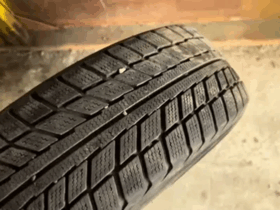





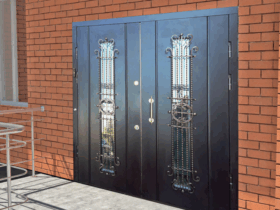

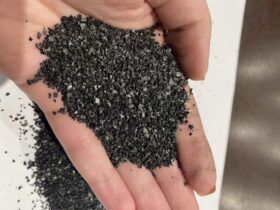
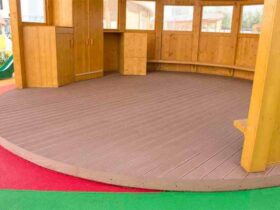
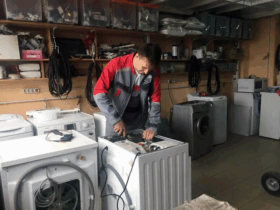

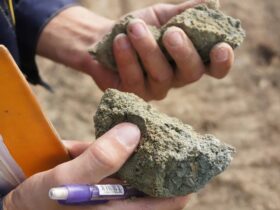

Оставить ответ